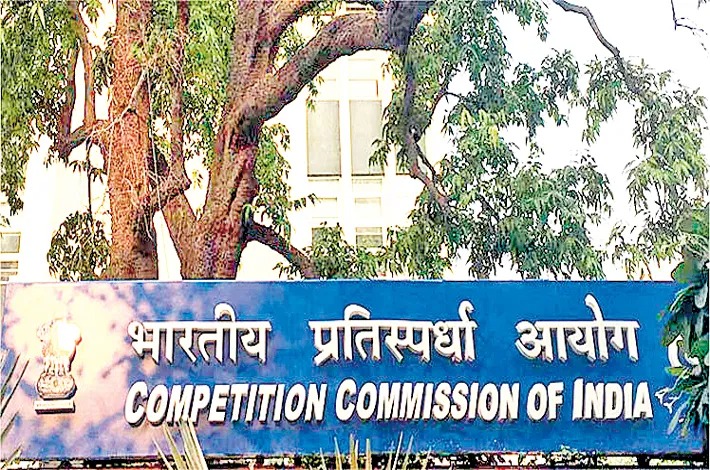Ajit K. Sengupta, J.@mdashBy consent of the parties the application being Matter No. 5592 of 1988 relating to the assessment year 1980-81 is treated as on the day''s list and heard along with the application being Matter No. 5588 of 1988 which relates to the assessment year 1979-80. The question in these cases is whether for the purpose of allowance u/s 80J of the income tax Act. 1961 (''the Act'') the capital of the new unit should be computed by reducing the capital employed with reference to the overall liabilities of the company as a whole or taking into account the liability of the industrial unit or which the capital employed was being computed.
2. In the original assessment for the aforesaid two assessment years the Assessing Officer found that deduction u/s 80J was allowed on the basis of book values of the assets of New Paper Machine No. 3 and that gross capital employed had been taken into consideration instead of making a portion of the same in the ratio of actual fund of the assessee vis-a-vis overall borrowed funds. So. he issued notice u/s 154 to the assessee proposing rectification in this regard. Then, rejecting the claims of the assessee, the Assessing Officer passed separate orders u/s 154 of the Act for these two years and computed the relief u/s 80J by considering the depreciations as actually allowed in the income tax assessments. For the reasons given by him in the assessment order for 1978-79, he took the gross capital employed in proportion with the new funds of the assessee vis-a-vis overall borrowing. In the appeal, the Commissioner (Appeals) held that the correct method would have been to deduct the liabilities pertaining to the New Unit only. Therefore, he called upon the Assessing Officer to desist from making abatement of the figure of the capital employed with reference to the overall liabilities of the assessee-company as a whole. In respect of the depreciation the assessee urged that the Assessing Officer erred in adopting the written down value of assets while computing capital employed in connection with deduction u/s 80J. The Commissioner (Appeals) had mentioned that the order passed by the Assessing Officer was one u/s 154 and that the provisions of section 154 were not at all applicable.
3. In the revenue''s appeal, the Tribunal found that for the assessment year 1978-79 the Commissioner (Appeals) directed the Assessing Officer to deviate from making abatement of the figure of the capital employed with reference to the overall liabilities of the assessee-company as a whole. Following its earlier order dated 13-3-1987, the Tribunal maintained the order of the Commissioner (Appeals) on this issue.
4. By the judgment of the day delivered in Matter No. 5592 of 1988 in the case of this assessee we have held that the liability should be deducted in respect of the industrial undertaking in respect of which capital employed was being computed. In that view of the matter we rejected the identical question for the assessment year 1978-79. That apart, on merits also these applications must fail. Section 154 can be invoked where there is a glaring and obvious mistake. The mistake cannot be apparent if such mistake has to be discovered by long drawn process of reasoning on the interpretation of the relevant provisions. Two conceivable views are possible on the question how the computation of capital on an Industrial Undertaking is to be made. There is. therefore, no mistake apparent from the record which can be rectified u/s 154.
5. Rules are, therefore, discharged. The applications are dismissed. Drawing up of the rules nisi is dispensed with. There will be no order as to costs.
Banerjee, J.
I agree.

